Give two methods for the preparation of alkanes from carboxylic acids.
To prepare alkanes from carboxylic acids, we can use the following two methods:
Method 1: Decarboxylation
1. Decarboxylation Reaction: Carboxylic acids can be converted to alkanes through a process called decarboxylation. This involves the removal of the carboxyl group (-COOH) from the carboxylic acid.
2. Reagents: The reaction is typically carried out using soda lime, which is a mixture of sodium hydroxide (NaOH) and calcium oxide (CaO).
3. Reaction: When a sodium salt of the carboxylic acid (sodium carboxylate) is heated with soda lime, it undergoes decarboxylation to form an alkane.
- For example, if we take sodium acetate (sodium salt of acetic acid) and treat it with soda lime, we will get ethane as the product.
- General Reaction:
RCOONa+NaOHsoda lime−−−−−→RH+Na2CO3
- Here, R represents the hydrocarbon chain, and RH is the resulting alkane.
Method 2: Reduction
1. Reduction Reaction: Another method to prepare alkanes from carboxylic acids is through reduction. In this method, the carboxylic acid is reduced to an alkane.
2. Reagents: Common reducing agents for this reaction include lithium aluminum hydride (LiAlH4) or hydrogen gas (H2) in the presence of a catalyst.
3. Reaction: When a carboxylic acid is treated with a suitable reducing agent, it is converted to the corresponding alkane.
- For example, if we take acetic acid and reduce it using lithium aluminum hydride, we will obtain ethane.
- General Reaction:
RCOOH+2(H)LiAlH4−−−−→RH+H2O
- Here, R represents the hydrocarbon chain, and RH is the resulting alkane.
Summary
- Method 1: Decarboxylation using soda lime.
- Method 2: Reduction using lithium aluminum hydride or hydrogen gas.
---
1. Decarboxylation Reaction: Carboxylic acids can be converted to alkanes through a process called decarboxylation. This involves the removal of the carboxyl group (-COOH) from the carboxylic acid.
2. Reagents: The reaction is typically carried out using soda lime, which is a mixture of sodium hydroxide (NaOH) and calcium oxide (CaO).
3. Reaction: When a sodium salt of the carboxylic acid (sodium carboxylate) is heated with soda lime, it undergoes decarboxylation to form an alkane.
- For example, if we take sodium acetate (sodium salt of acetic acid) and treat it with soda lime, we will get ethane as the product.
- General Reaction:
RCOONa+NaOHsoda lime−−−−−→RH+Na2CO3
- Here, R represents the hydrocarbon chain, and RH is the resulting alkane.
1. Reduction Reaction: Another method to prepare alkanes from carboxylic acids is through reduction. In this method, the carboxylic acid is reduced to an alkane.
2. Reagents: Common reducing agents for this reaction include lithium aluminum hydride (LiAlH4) or hydrogen gas (H2) in the presence of a catalyst.
3. Reaction: When a carboxylic acid is treated with a suitable reducing agent, it is converted to the corresponding alkane.
- For example, if we take acetic acid and reduce it using lithium aluminum hydride, we will obtain ethane.
- General Reaction:
RCOOH+2(H)LiAlH4−−−−→RH+H2O
- Here, R represents the hydrocarbon chain, and RH is the resulting alkane.
- Method 1: Decarboxylation using soda lime.
- Method 2: Reduction using lithium aluminum hydride or hydrogen gas.
Topper's Solved these Questions
- BOOK - PRADEEPCHAPTER - HYDROCARBONSEXERCISE - ADDITIONAL QUESTIONS (LONG ANSWER QUESTIONS)11videos
HYDROCARBONS
- BOOK - PRADEEPCHAPTER - HYDROCARBONSEXERCISE - ANALYTICAL QUESTIONS AND PROBLEMS WITH ANSWERS/SOLUTIONS (QUESTIONS)16videos
HYDROCARBONS
- BOOK - PRADEEPCHAPTER - HYDROCARBONSEXERCISE - ADDITIONAL QUESTIONS (VERY SHORT ANSWER TYPE QUESTIONS )30videos
HYDROCARBONS
- BOOK - PRADEEPCHAPTER - EQUILIBRIUM IN PHYSICAL AND CHEMICAL PROCESSESEXERCISE - Competition Focus (Jee(Main and advanced)/Medical Entrance) VIII. ASSERTION - REASON TYPE QUESTIONS (TYPE - II)10videos
EQUILIBRIUM IN PHYSICAL AND CHEMICAL PROCESSES
- BOOK - PRADEEPCHAPTER - HYDROGEN EXERCISE - COMPETITION FOCUS (Assertion-Reason Type Questions) Type 215videos
HYDROGEN
Similar Questions
There are two step-up methods : (i) Grignard reagent and (ii) nitrile method, for the preparation of carboxylic acids from RX, Which method is suitable for the preparation of step-up carboxylic acid from the following RX ? Why ? Give the name of the acid also.
(I)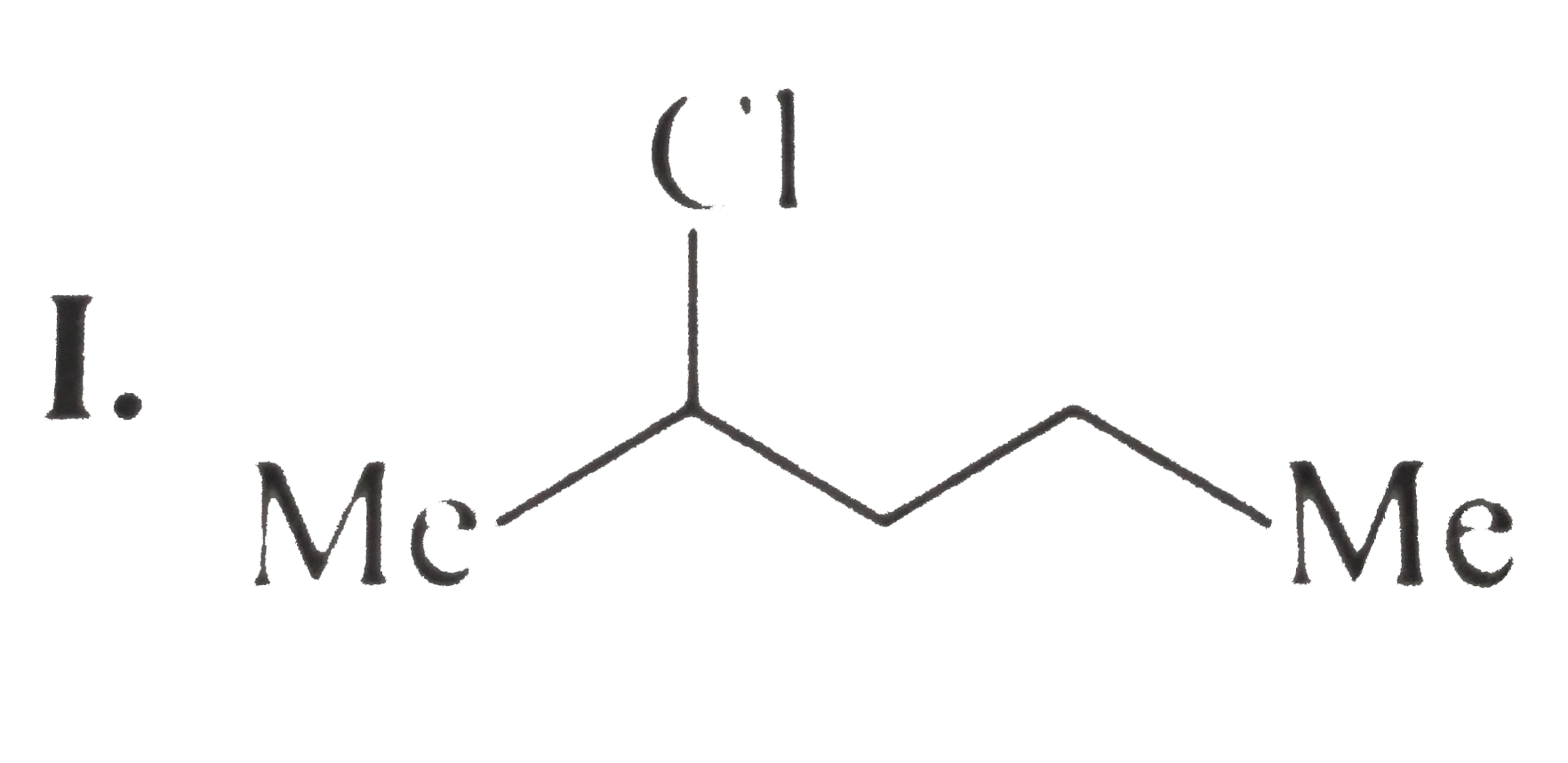
(II)
(III)
(IV) PhCI
(V)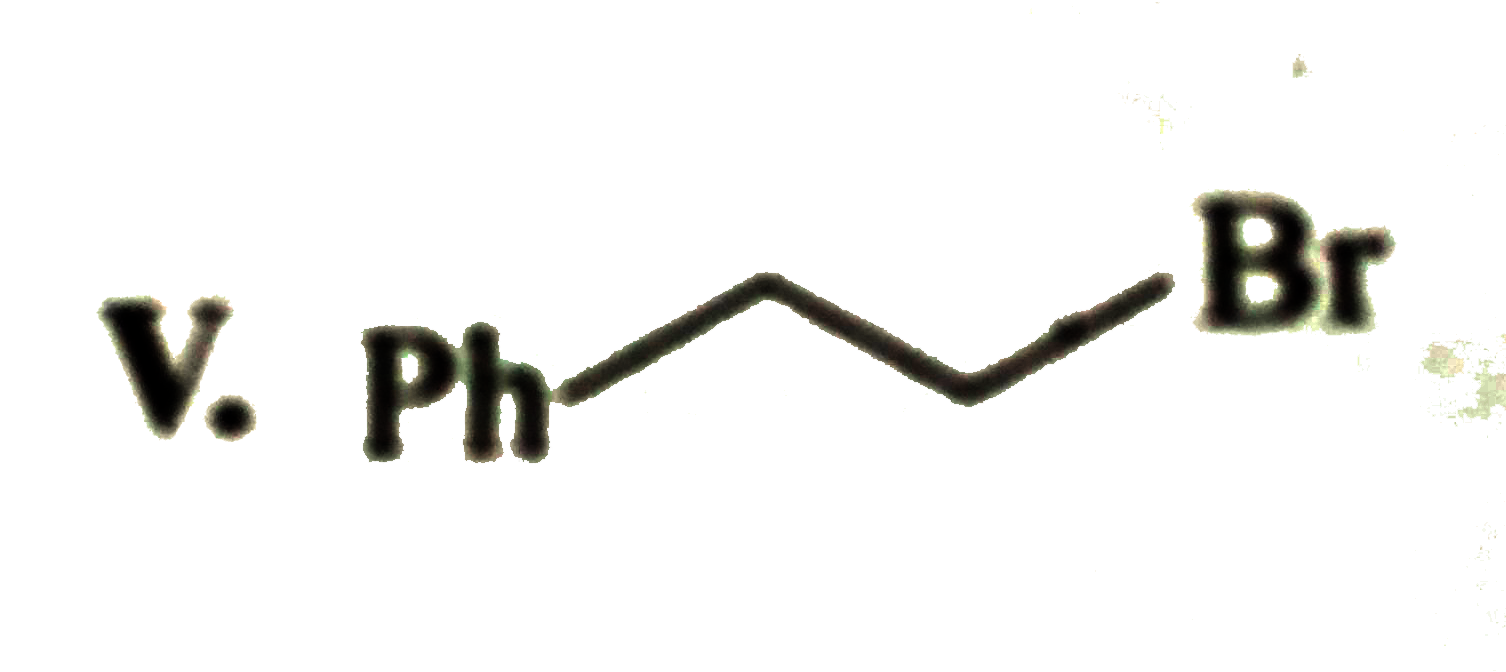
(VI)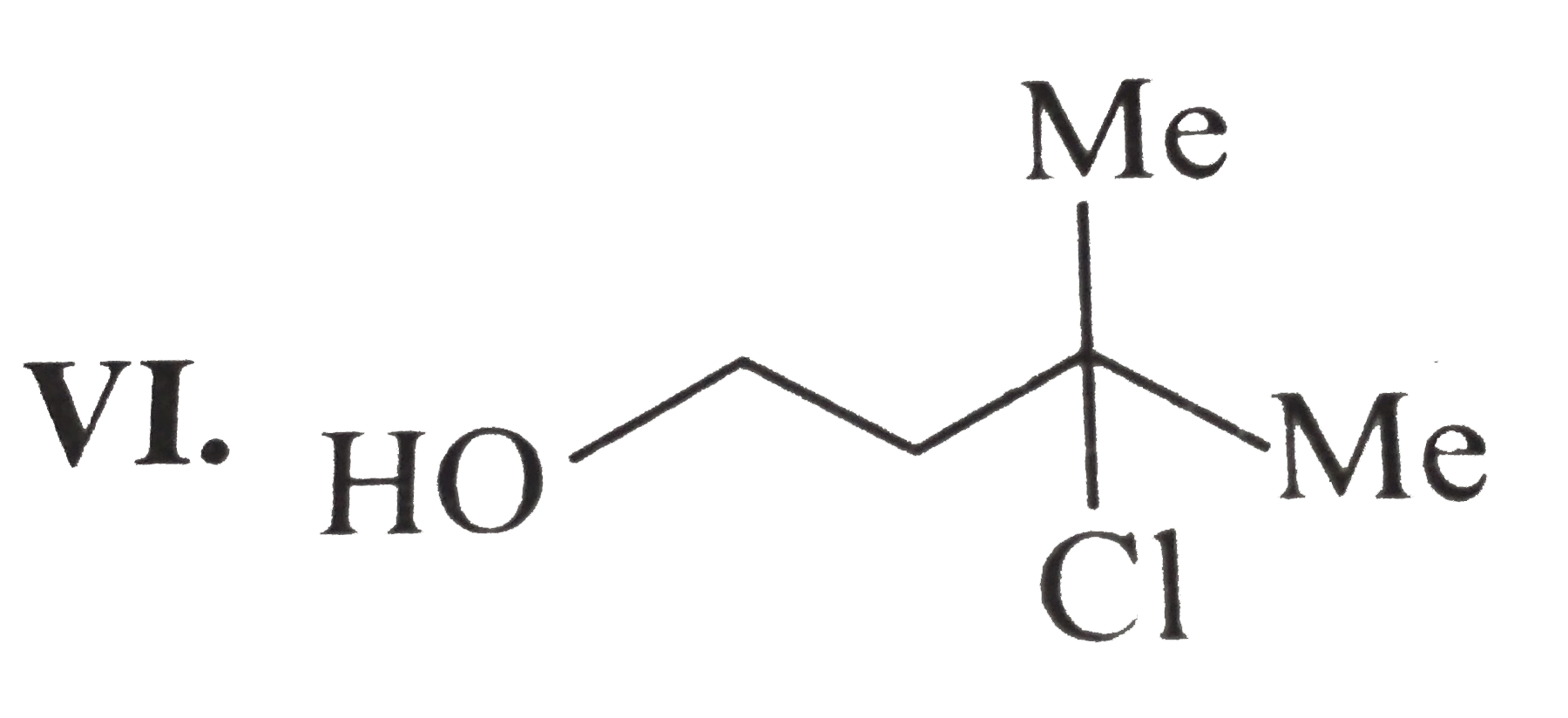
(VII)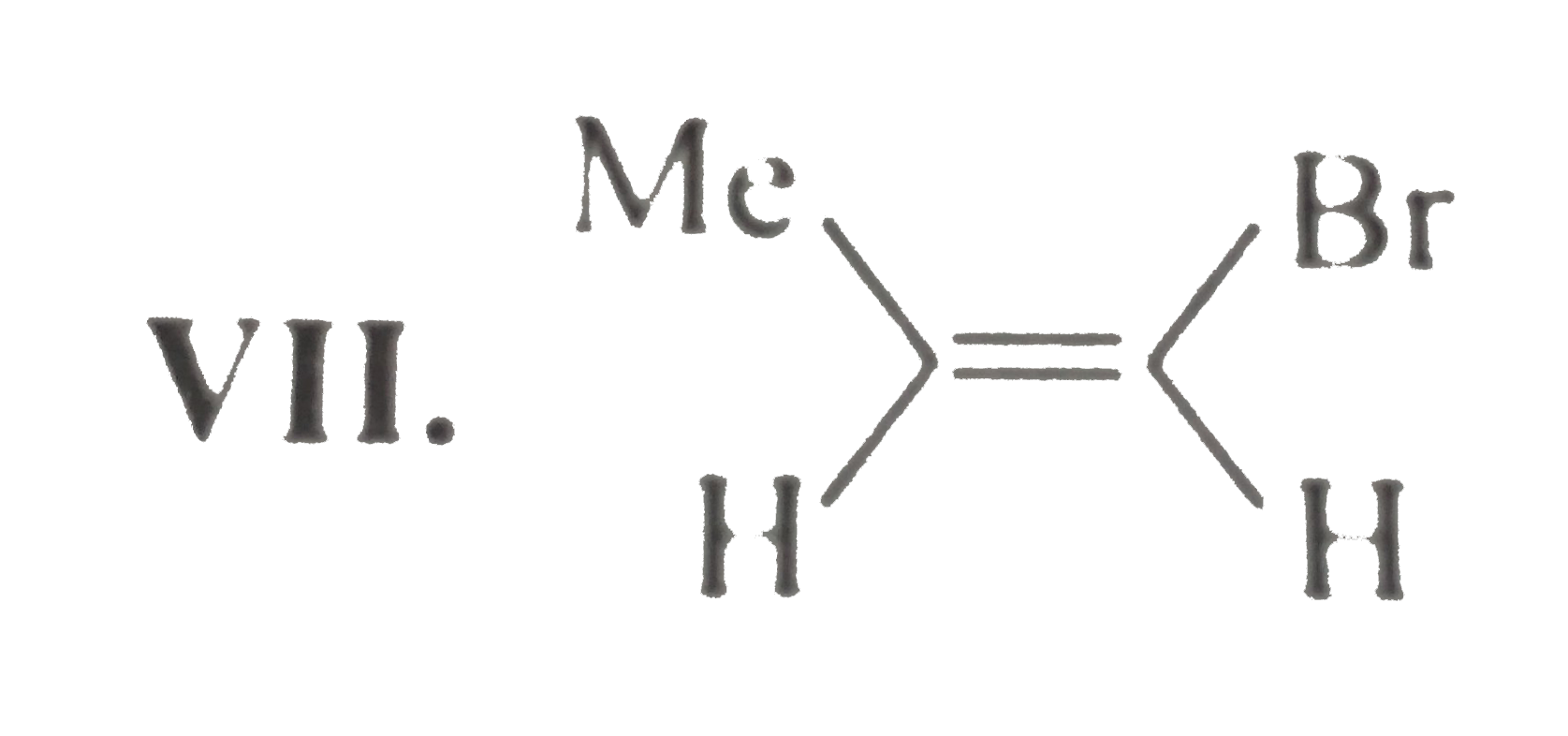
(VIII)
(IX)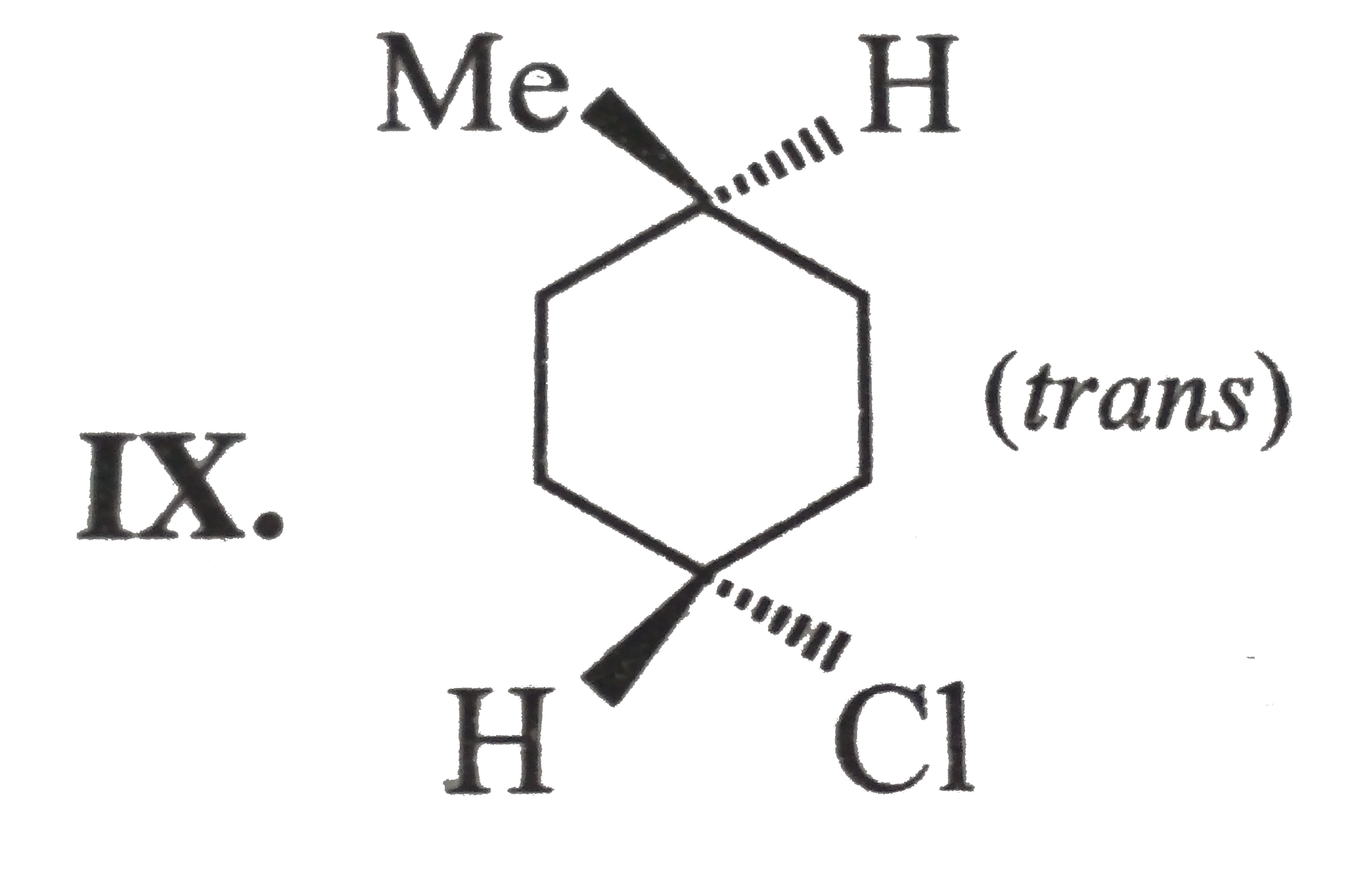 .View Solution
.View SolutionQuestions based on methods of preparation of carboxylic acids
View Solution
Knowledge Check
- Question 1 - Select One or More
Alkanes can be obtained from carboxylic acids by
ALiAIH4BDecarboxylationCKolbe's electrolysisDClemmensen's reduction - Question 2 - Select One
Direct halogenation of alkane is NOT a suitable method for the preparation of alkyl halides because_______.
Athe reaction cannot be controlledBa mixture of mono, di, tri, and polyhalogen derivative is obtained ,which is difficult to separateCalkyl halides obtained are not pureDall of these - Question 3 - Select One or More
Which of the following methods are used for the conversion of carboxylic acids into acid chlorides
(RCOOH→RCOCl)?ARCOOH+SOCl2→BRCOOH+PCl5→CRCOOH+Cl2→DRCOOH+P+Cl2→
Preparation of Carboxylic acids
View SolutionMethods of preparation of Carboxylic acids
View SolutionGive two methods of preparation of ketones and write the chemical reactions.
View SolutionAlkanes || Methods OF Preparation OF Alkanes I
View SolutionAlkanes || Methods OF Preparation OF Alkanes II
View Solution

